What Weight Bowling Ball Do Pros Use? Heavy or Light?
Bowling balls come in the same size but differ in weight. However, in this article, we will use the term size about the ball's weight.
The weights can range from 6 pounds to a maximum of 16 pounds. But does the weight of the ball matter when it comes to attaining the highest score in bowling?
Professional bowlers use a ball size that works best for them. Ideally, most bowlers prefer 15-pound and 16-pound bowling balls as the two different weights offer them power and a hooking opportunity to knock down the highest number of pins. However, women pro bowlers are comfortable using 13-15 pound bowling balls. But what is the best wait to knock down more pins? Are heavier bowling balls better than lightweight ones? Read on to learn more.
What Size of Bowling Ball do Pros Use?
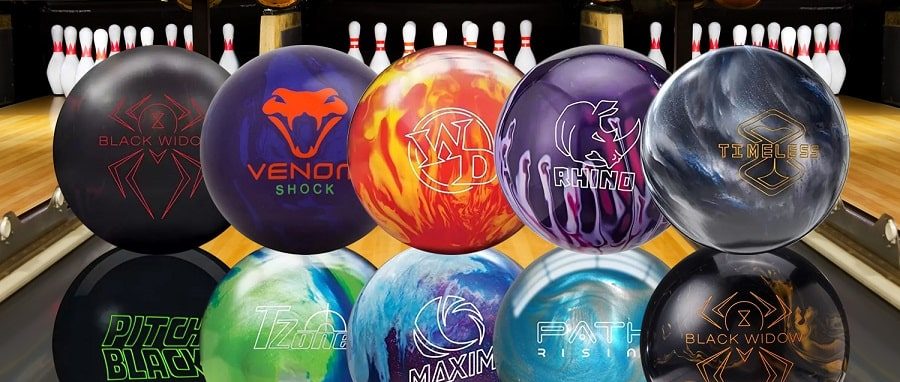
Professional bowlers generally prefer balls that go well with their body type, skills, and personal preferences. Settling for the right-sized ball improves a player’s chance of consistently hitting a good average score. Thus, any comfortable ball size will work out best for any bowling pro.
However, when it comes to the weight of a bowling ball, Jason Belmonte one of the best bowlers exclusively uses 15-pound bowling balls. He has an average bowling score of 227.59 points. But don’t be surprised to find other pro bowlers using a 16-pound bowling ball and still scoring a high average bowling score. Few pro bowlers will go bowling with balls weighing less than 15 pounds unless they are of the female gender.
Why do Professional Bowlers Prefer Heavy Bowling Balls
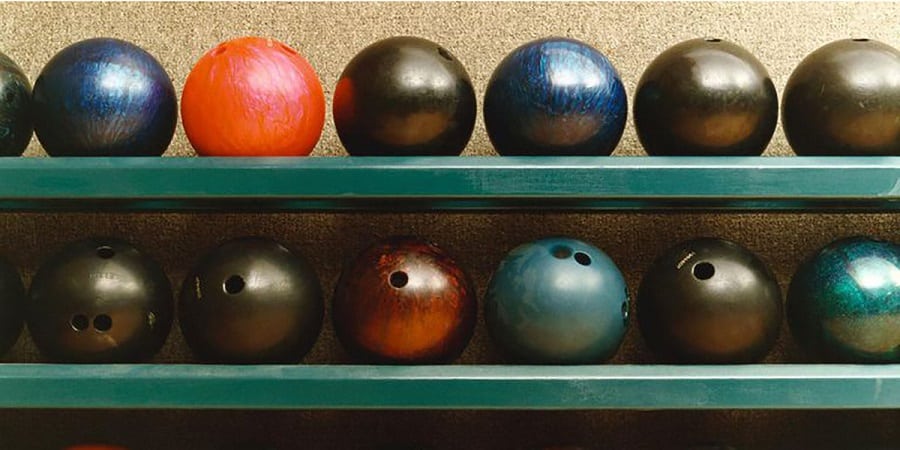
Almost every top professional bowler uses a heavy bowling ball weighing 15-16 pounds. And here are the key reasons;
- A heavier bowling ball has a greater mass: The more mass it has, the more momentum it carries and, therefore, the more energy it delivers to the pins. Thus, there are higher chances of knocking down all pins.
- Heavier balls are easier to hook: Bowling balls weighing 15-16 pounds makes it easy to get a bigger and better hook giving the bowler control over the ball and increasing the hitting force.
- A heavy bowling ball offers better accuracy: Many professionals prefer using heavy bowling balls because they’re more stable and easier to control than lighter balls. Heavier balls are less likely to deviate off the lane. The extra weight gives them stability and makes it easier to produce consistent shots, even on challenging lanes with bad surfaces.
- Heavier balls produce significant power: Any bowler struggling to generate bowling speed will appreciate heavy balls as they have more rolling power than lightweight balls. Unlike a light ball, a heavy ball will maintain the speed with less likelihood of lowering the rolling speed. The higher the rolling speed, the higher the chances of hitting more pins.
- Easier to swing: Heavy bowling balls are easier to control compared to light balls. You will need more energy to swing a light bowling ball than when you’re swinging a heavy ball.
Heavy Bowling Balls Vs Light Bowling Balls
Heavy bowling balls deliver the power you need to hit all ten pins. However, the lightweight bowling balls give you the agility and control you need to make that perfect shot. So, which one is better? The appropriate weight of a bowling ball depends on the bowler and their mode of play. Even so, here are a few differences to note;
- A heavier bowling ball has a higher chance of knocking down all pins than a lighter ball. Similarly, throwing a heavy bowling ball across the lane can be challenging.
- You don’t need much strength to throw a lighter ball. However, the lighter ball does not have enough impact to hit the pins as the heavy ball.
- Heavier bowling balls are easier to hook compared to lighter balls. On the other hand, lighter balls will roll faster compared to heavy balls. However, the differences in rolling speed have no considerable difference.
For the above reasons, it’s impossible to conclude whether light or heavy bowling balls are better.
What Size of Bowling Ball do Begginers Use?
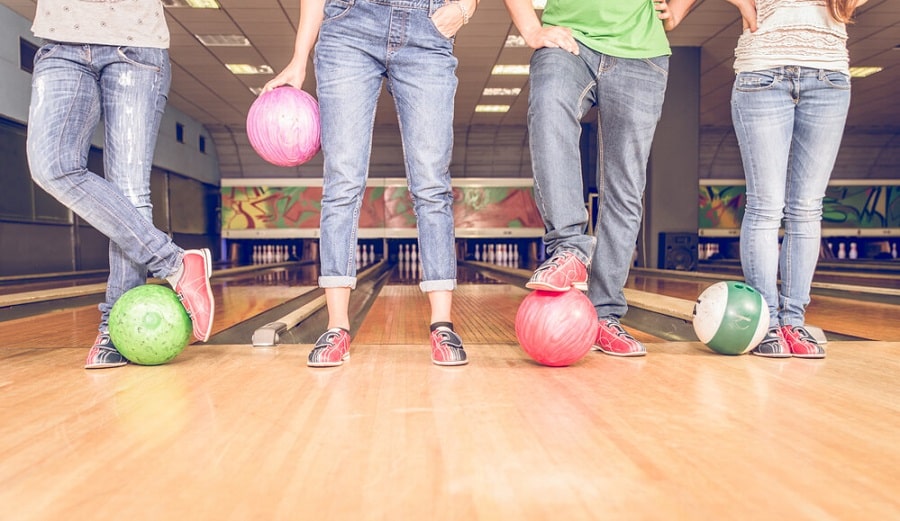
Bowling balls for young beginners are typically 6-15 pounds. However, for adult beginners, the ideal ball weight is in the range of 14 to 16 pounds, while their female counterparts are from 10 to 14.
Whether you are a beginner or a pro, your comfort and physical strength are critical when settling for a bowling ball. Ideally, the heavier the ball, the better. However, it is extremely difficult for a beginner and anyone not physically strong to control a heavy bowling ball.
How to Choose the Right Bowling Ball for Yourself
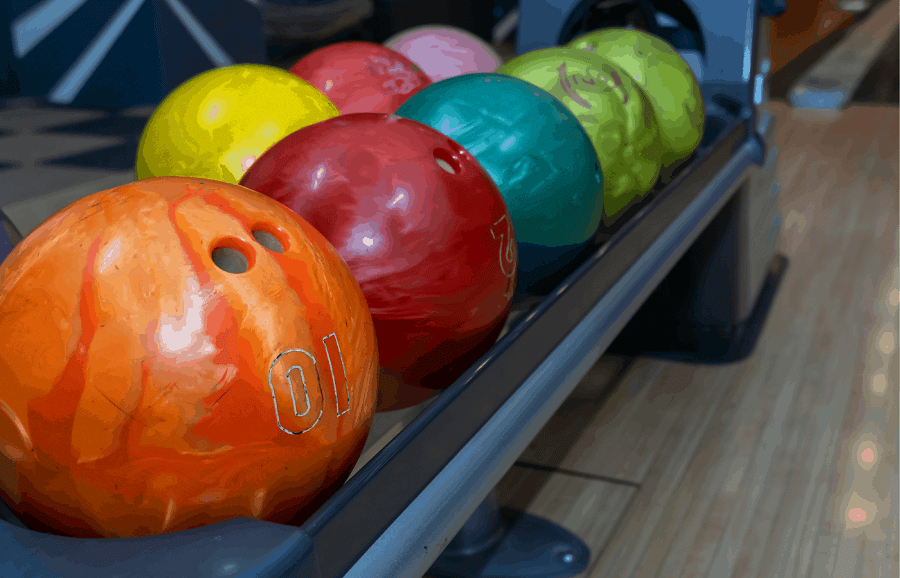
Bowling with the correct ball will make a massive difference in your game. The right ball will allow you to control your shots and strike the pins. You should be able to find a ball that suits your style of play and skill level. Here are easy tips to help you choose the right bowling ball;
1. Identify the correct ball weight: In determining the correct weight of your bowling ball, the rule of thumb is you go for a ball weighing 10% of your weight to a maximum of 16 pounds. Alternatively, you can add 1 or 2 pounds to the weight of your standard house ball. Even so, choose a ball that you can comfortably handle.
2. Choose the cover stock that is right for you: The material on the ball's surface is critical in determining how the bowling ball performs on the lane. The familiar cover stocks are;
3. Polyester/plastic: This material has the least friction when rolling down the lane, which means it has the least hook ability. It's a perfect choice for beginners.
4. Urethane: It offers greater friction during a throw and a better hook potential compared to plastic coverstocks.
5. Reactive resin: It provides more friction and has a higher hook potential compared with the other two materials. This material is ideal for intermediate and pro bowlers.
6. Check your physical limitations: If you have some injuries, have coordination issues, or you're old, go for a lightweight ball.
7.How much power you need behind the ball: The heavier the ball, the more power it will have in barreling through the pins.
Conclusion
Bowling pros use 15-pound and 16-pound bowling balls. This is because they have to be accurate with their shots, the ball rolls with more power, and they’re easier to hook. However, when choosing a bowling ball, go for one that is comfortable on your hand and matches your bowling style.
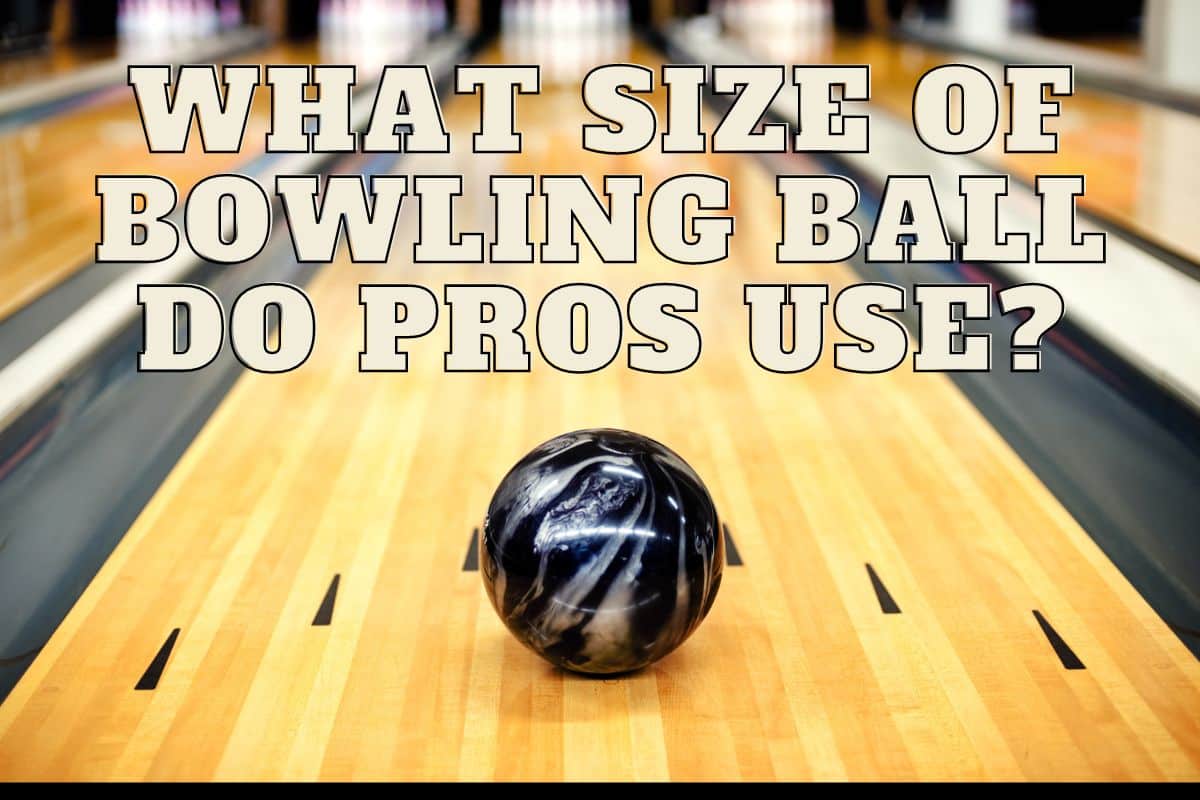
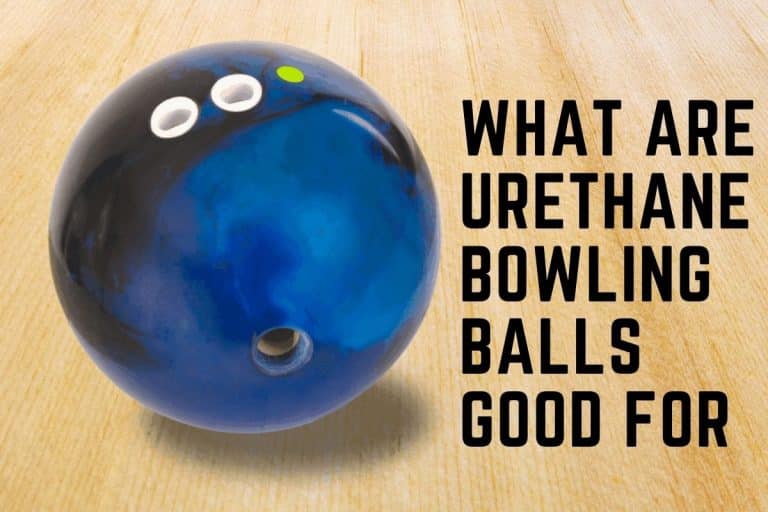
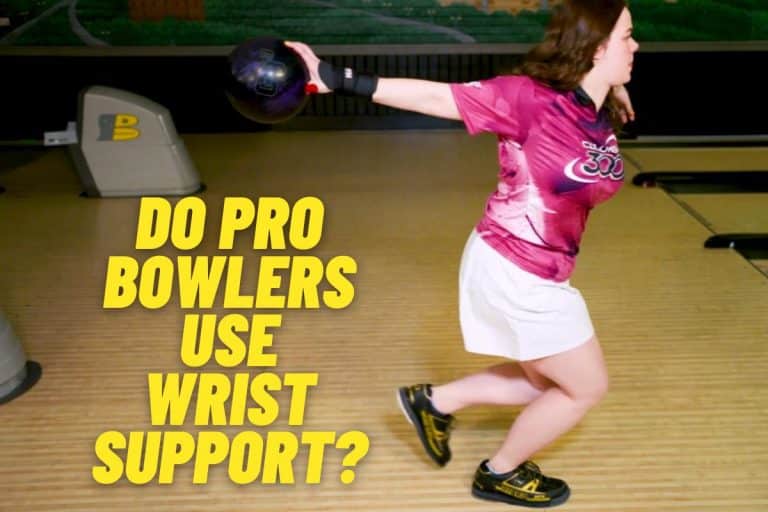
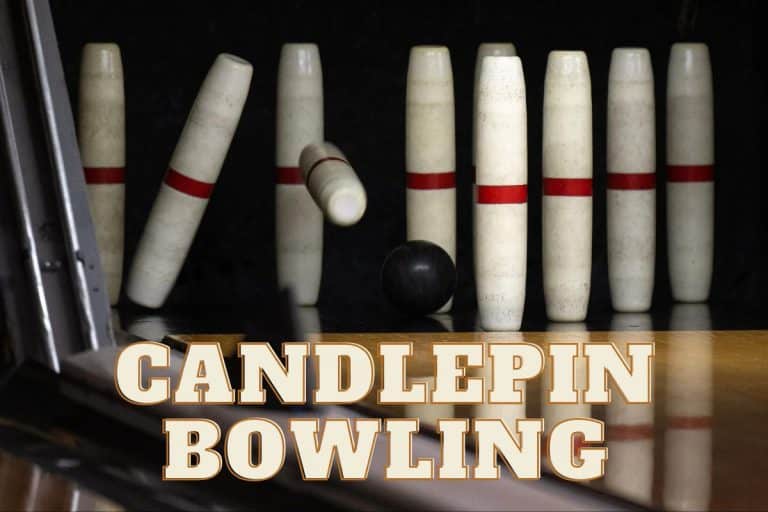
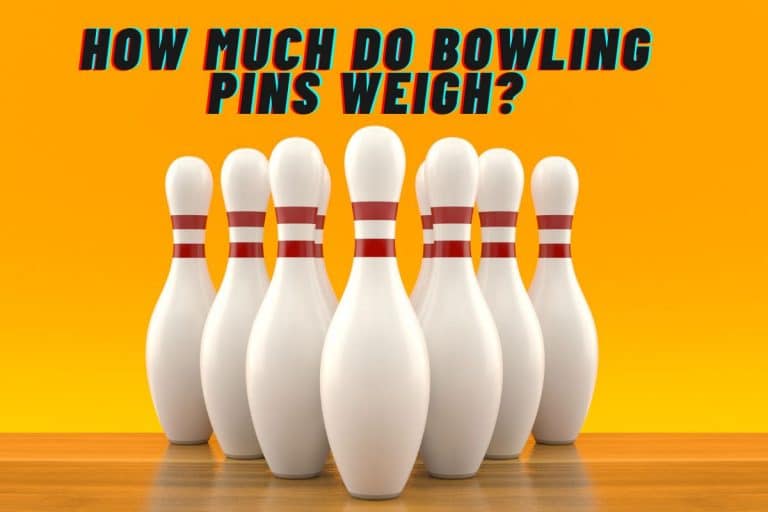
![Is Bowling a Good First Date [Yes! Here’s Why]](https://www.bowlingknowledge.com/wp-content/uploads/2023/03/Is-Bowling-a-Good-First-Date-768x512.jpg)
![What Basic Equipment Is Needed For Bowling? [Best 10]](https://www.bowlingknowledge.com/wp-content/uploads/2023/03/What-Basic-Equipment-Is-Needed-For-Bowling-768x512.jpg)